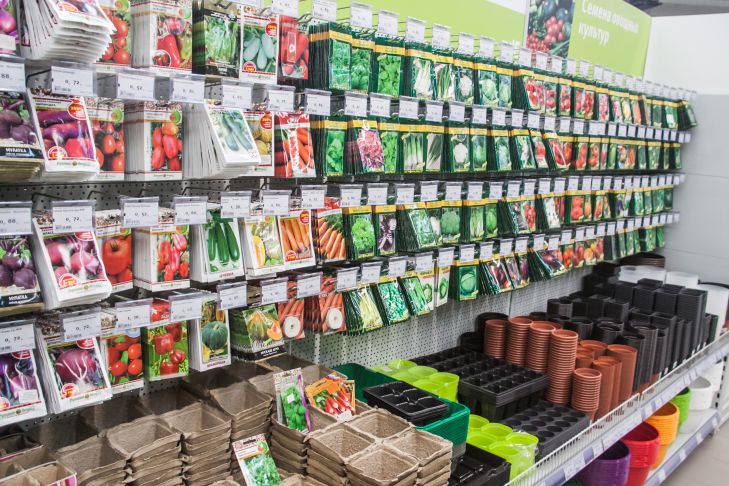How to Grow Perennials from Seeds So They Sprout and Don't Die
Perennials differ from annuals not only in their cultivation in open ground, but also have their own sowing subtleties. You need to know them in order to get viable seedlings from seeds.
If you are unable to grow perennials, pay attention to seed preparation.
Stratification
Perennial plants are cold-hardy, otherwise they would not be able to survive the winter in cold climates.
This means that their seeds naturally spend the winter outdoors and are exposed to cold temperatures. When you buy or collect seeds yourself, they are kept warm.
In order for the plant to “understand” that it is time for it to sprout, it is necessary to imitate natural cycles.
In this case, subject the seeds to stratification – cold treatment. This can be done in several ways.

- Sow in a germination container and refrigerate.
- Place the container with the sown seeds in a snowdrift, covering it with snow.
- Place the seeds in a damp cloth, put it in a container, close the lid and put it in the refrigerator. Then sow.
As a rule, one month of keeping in a cold place is enough.
After a month, you need to place the container with the crops in a cool place, for example, on a windowsill where there is a slight draft, or simply put it in a cool room. This imitates spring, when it is still cool, but already warmer than in winter.
After a week, you can send the container “into the summer”, that is, put it where the temperature is 17–20 degrees.
Important: the seeds of some plants germinate in the second year, so after keeping the container warm for about 3 weeks, it should be placed back in the refrigerator for 1–2 weeks, simulating a “second winter”.
Natural stratification
If you don't want to mess around with containers in the winter, you can sow the plants in containers in the fall and bury them in the ground. It is best to do this in a greenhouse in case of severe frosts. The container should be covered with fallen leaves, straw, snow. In the spring, remove the cover and allow the seeds to germinate when the weather gets warmer.
This method is good because the seedlings are strong, healthy and more resilient. Plus, it saves time, effort and space on the windowsill.
However, it should be remembered that with natural stratification in the spring, not all seeds will sprout, but only the strongest ones.
After stratification, perennial seedlings germinate better, and the seedlings themselves die less often.
Of course, you should also remember other care features. For example, most often, seedlings die from excess moisture, when they develop a black leg or the roots rot. Therefore, do not overwater perennials.
